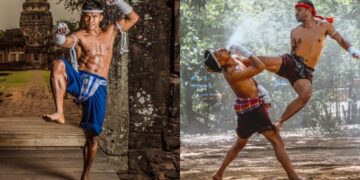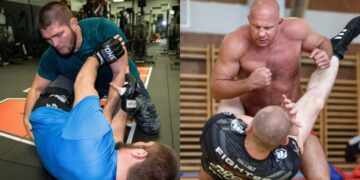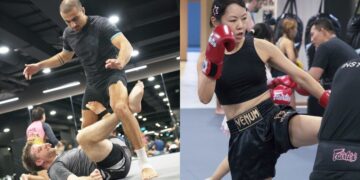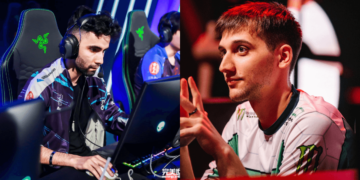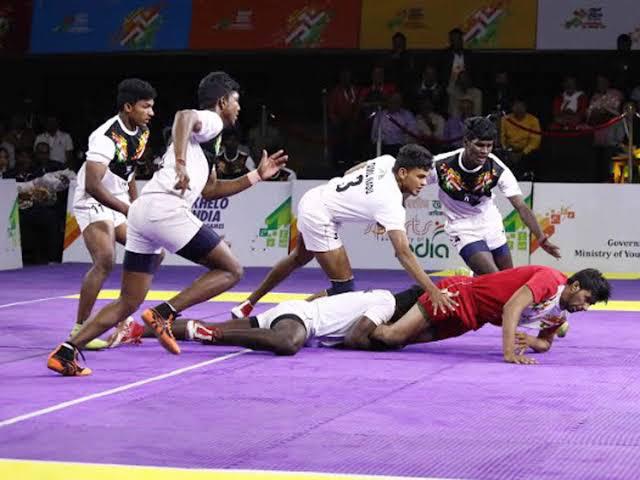Bullying remains a serious problem worldwide. Over 30% of students globally have been victims of bullying, according to a UNESCO report. The consequences of bullying aren’t trivial either, with victims often feeling humiliated and helpless. Many victims of bullying later develop low self-esteem, anxiety, or depression.
Even right here in Singapore, bullying remains a significant issue, and the typical way the school system addresses the issue includes detention, counseling, and corporal punishment. However, research suggests these punitive approaches alone often don’t stop the problem. Some reports even suggest that harsh punitive policies aren’t always effective at reducing aggression or improving school safety. In other words, sending a kid to detention or even handing out corporal punishment isn’t enough to convince them to leave their victims alone.
A growing number of schools are now looking beyond punishing bullies and focusing more on preventative solutions like martial arts training for kids. Martial arts like Brazilian Jiu-Jitsu, Boxing, Muay Thai, and Wrestling build attributes that help prevent bullying from occurring in the first place, empowering victims with confidence, self-control, and assertiveness. Martial arts can be just as beneficial for bullies since it teaches them values like humility, empathy, discipline, self-control, and respect. It’s more effective at addressing the root causes that lead to children becoming bullies in the first place than trying to scare bullies with the threat of punishment.
The Limitations Of Traditional Disciplinary Systems In Addressing Bullying
Discipline frameworks in places like schools often react to bad behavior. Reports of bullying are investigated, and punishments, like detention, suspension, or lectures, are dished out to enforce the rules. This sends a strong message that bullying isn’t tolerated, but it requires authority figures to be aware of the problem.
Although this approach can be effective at stopping the problem, it doesn’t go into the root of the problem. Bullies don’t learn empathy or develop self-control from being punished, and the bullied victims don’t learn any skills that help them stand up for themselves. Learning a martial art requires you to serve as a training dummy that your training partners practice techniques on while they do the same for you. Instructors set high standards that students are expected to emulate. Martial arts training, specifically in regards to children, focuses more on building character than anything else.
Studies show that children who train in martial arts are more social, have higher confidence, and are less likely to be aggressive than children who don’t. Other studies show that at-risk teenage boys showed significant reductions in aggressive behavior and a significant confidence boost after training in martial arts for six months.
It turns out that regularly training in martial arts makes teenagers calmer, making them less likely to bully others. In contrast, some traditional methods typically overlook the importance of teaching children how to stand up for themselves and helping bullies develop character so they don’t bully others.
While many would agree that bullies deserve the bad reputation they have, studies tell us that bullies are typically troubled children dealing with serious emotional issues that make it hard for them to empathize with others or practice impulse control. Punishing a child, regardless of how severe the punishment is, won’t fix this.
We also know that the most likely children to be bullied are those who seem insecure or are socially isolated by their peers. Martial arts training directly addresses these problems, teaching children impulse control and respect for others. Instructors regularly coach students to recognize their emotions and manage them.
Key Benefits Of Martial Arts Training For Children
Some of the benefits of martial arts training for bullies and their victims include:
1) Teaches Self-Discipline And Respect
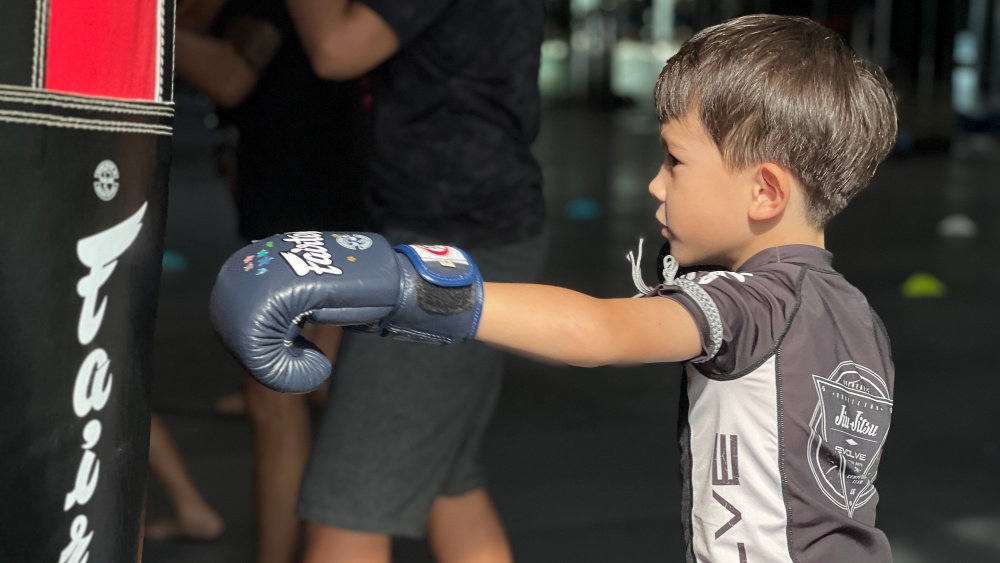
Martial arts teaches kids discipline and respect—lessons that naturally carry over to school, home, and everyday life.
Learning martial arts requires students to be punctual, attentive to instructors as techniques are explained, and respectful of the training environment. Kids learn to respect their instructors, training partners, and the dojo’s rules. This mindset carries over into other aspects of their lives: a respectful tone in class encourages the same at school and home.
2) Builds Confidence And Self-Esteem
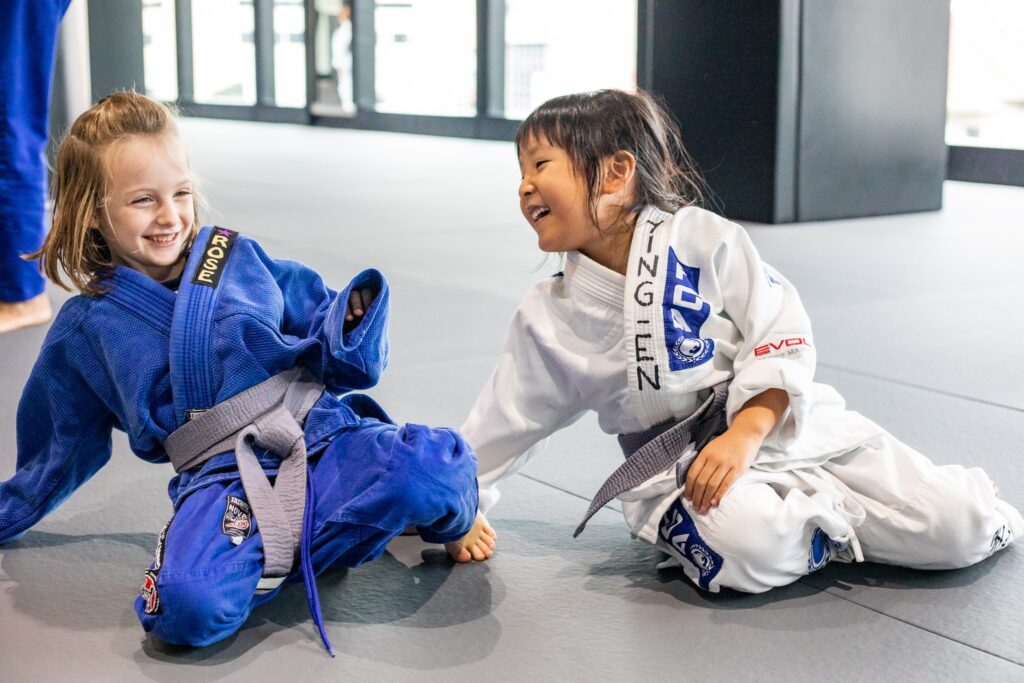
Martial arts boosts kids’ mood, focus, and confidence while helping them manage stress through movement, friendships, and weekly progress.
Martial arts training gives kids achievable goals like earning a higher belt or mastering a technique. Research supports the belief that martial arts helps build self-esteem, and confident children are more likely to stand up for themselves. A confident child is also less likely to pick on other children to make themselves feel better.
3) Develops Social And Emotional Skills
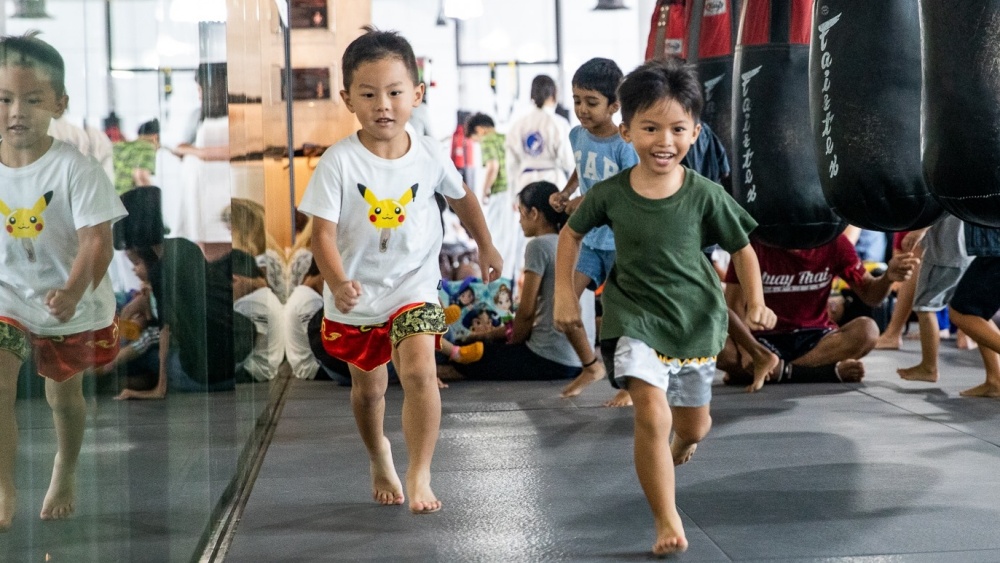
Martial arts helps kids build social skills and friendships, making them more confident and less likely to be targeted by bullies.
Martial arts classes involve working with training partners, performing partner drills, and group exercises. Students build social skills by interacting with others under structured rules.
The improved social skills children gain from training protect them against bullies who prefer to pick on targets who don’t have anyone to back them up. A child improving their ability to socialize with other children at school is significantly less likely to be a victim of bullying.
4) Focus And Cognitive Control
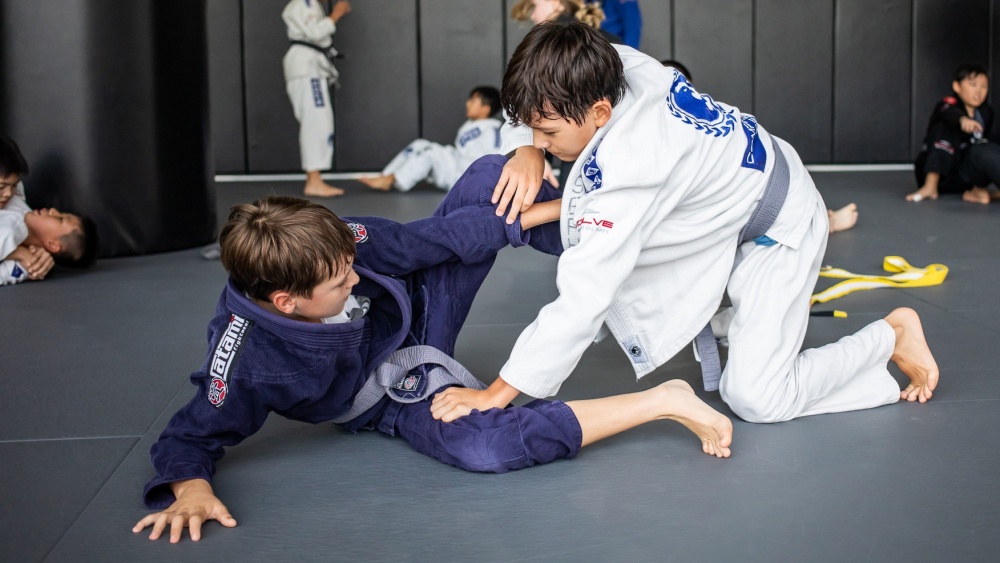
Martial arts sharpens kids’ focus, calms their minds, and helps them stay composed when standing up for themselves.
Martial arts training requires children to focus on tiny details as they practice techniques. Doing so has a meditative effect as it takes their minds off anything that might be bothering them. Training also improves their ability to concentrate and stay cool under pressure, skills that will come in handy when standing up for themselves.
The Martial Arts Way Of Handling Bullies
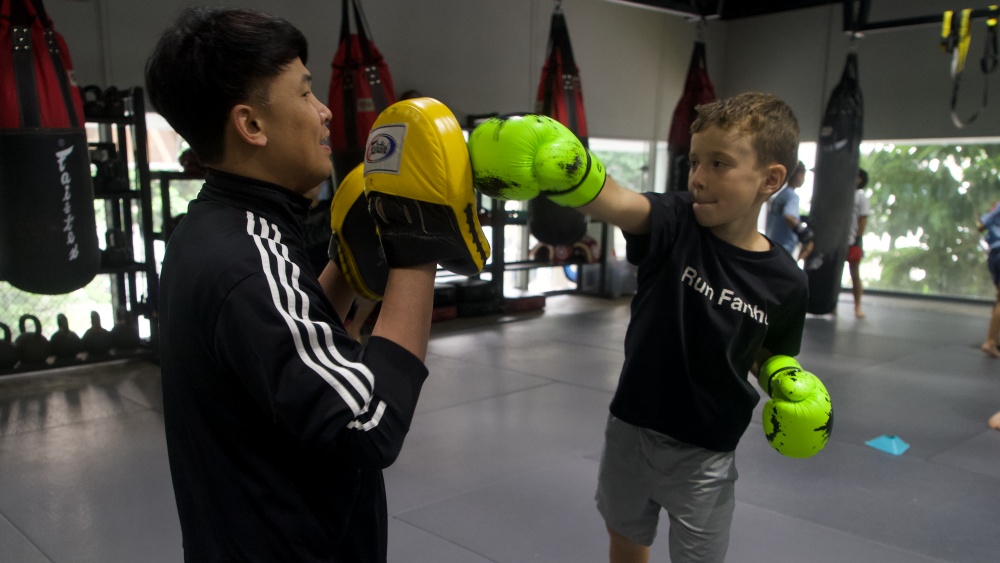
Martial arts instructors often stress self-control, teaching students to stay calm rather than retaliate in the heat of the moment.
Contrary to popular misconceptions, martial arts training doesn’t teach children to fight their way out of trouble; it actually teaches the opposite. Reputable dojos explicitly discourage fighting outside class or competitions. Getting into fights is one of the quickest ways to get expelled from any respectable dojo.
Martial arts training teaches children to de-escalate confrontations and only defend themselves when attacked. Children learn to use their words, body language, and direct eye contact to let bullies know they’re not helpless victims.
Prevent Bullies From Targeting Your Child With Martial Arts

Martial arts builds inner strength, empathy, and self-belief, giving kids the tools to stand up to bullies and choose respect over aggression.
Punishments alone aren’t enough to stop the bullying epidemic in Singapore. They might work in the short term for some, but they don’t give children the tools they need to deal with bullies in the future.
Martial arts help to build the inner strength that allows children to empathize with the weak kid at school instead of picking on them. It gives bullied children the strength they need to stand up for themselves and not let anyone victimize them.
Training teaches children to manage their anger, be respectful toward others, and believe in themselves. Teaching children these things reduces the prevalence of bullying.
Bring your child to complimentary martial arts classes at Evolve MMA to see which styles suit them best.
Book your complimentary trial class with our World Champions below!
If you have any other questions regarding Evolve MMA and the programs we offer, you can get in touch with our membership executives at the following locations:
Evolve MMA (Far East Square)
26 China Street
Far East Square #01-01
Singapore 049568
Phone: (65) 6536 4525
Evolve MMA (Orchard Central)
181 Orchard Road
#06-01 Orchard Central
Singapore 238896
Phone: (65) 6536 4556
Evolve MMA (KINEX)
11 Tanjong Katong Road
#02-52 KINEX
Singapore 437157
Phone: (65) 6288 2293
Evolve MMA (Star Vista)
1 Vista Exchange Green
#02-26A The Star Vista
Singapore 138617
Phone: (65) 6539 9590
Any parent already knows that raising children can be as challenging as trying to juggle two flaming swords while blindfolded on a treadmill. Many are turning to martial arts classes to get their kids off…
As children grow, developing life skills like emotional resilience is essential to help them navigate life’s challenges. While these skills can be learned through experience and guidance, activities like martial arts offer a powerful and…
Martial arts legends can inspire children—or anyone else—to dedicate themselves to learning more about these ancient arts. Children typically have short attention spans, but they’ll sit through exciting stories about warriors battling tigers with bare…
Finally, the school holidays are around the corner! Busy parents, don’t tear your hair out if your children are at home. There are more ways to keep them entertained besides Netflix’s selection of children’s TV…
Martial art classes for kids might just be what you need to get your child off the couch and go break a sweat. Obesity rates among adolescents and children between the ages of 5 to…
You’re looking for a school holiday activity that’s meaningful and fun for your children to do, and you realize how helpful martial arts will be for little Johnny and Jane. So the quest is now to…
Recently, many Brazilian Jiu-Jitsu grappling stars have made the move to showcase their talent on the ONE Championship global stage. One of the most exciting new acquisitions is Diogo Reis, joining the ranks of Marcelo…
In any striking-based martial arts such as Muay Thai, switch-hitting is a difficult skill but a tremendously valuable one to learn. Seamlessly changing your stance midway through a round completely changes the dynamic of a…
In Muay Thai, kicks are some of the most powerful and effective weapons. A well-timed roundhouse can break rhythm, score points, or end a fight. But kicks also come with risk. When you throw a…
The check hook is one of the most effective weapons you have against aggressive opponents who want to run you over. It’s a technique that remains effective at the highest levels of boxing and mixed…
Getting stuck in side control is something many Brazilian Jiu-Jitsu beginners have in common. The bridge and roll is often the first reversal BJJ students learn, followed by basic bottom guard sweeps like the scissor…
Grip strength plays a crucial role in mixed martial arts (MMA) and many grappling styles like Brazilian Jiu-Jitsu and wrestling. It turns out that having a strong grip doesn’t just help you to open jars;…








